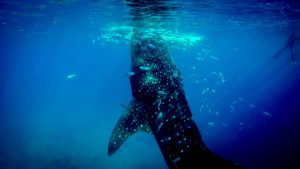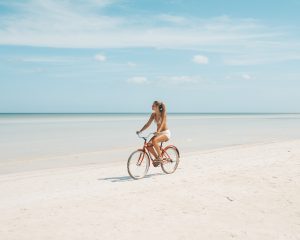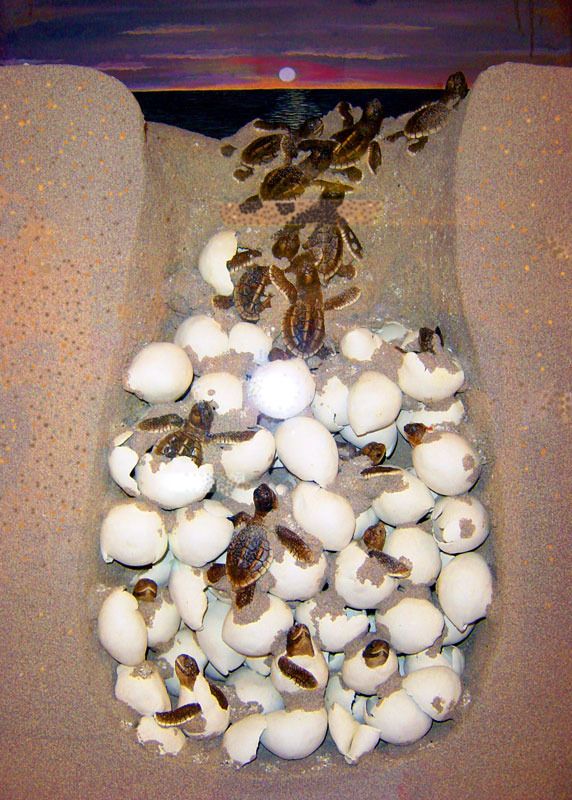It feels like it was just yesterday that we were celebrating the beginning of a new year. The truth is, the year has gone by really quickly, and summer is rolling around faster than we imagined. Although Playa del Carmen and the surrounding Riviera Maya offer summer-like weather year-long, there are a few summer activities that can only be enjoyed in, well…summer. Whether you’re a permanent retiree in the gorgeous Caribbean city or a once-in-a-while visitor, these are some things you definitely need to get around doing this season.
Swim with Whale Sharks

Whale shark season comes around once a year during the summer. These gigantic, but gentle, animals are a sight to be seen. The season kicks off at the end of May and ends at the end of August. But the best month to go see them is July. They come by as part of their migration route and you can see thousands of them swimming calmly together. Many tours take you to see them. Make sure you follow rules accordingly. Although these animals feed off plankton, they are as big as a school bus, so make sure to keep your distance.
Volunteer with Turtle Nesting
Sea turtles are an endangered species, which is why in the Riviera Maya we are strong believers in conserving them. Many conservation groups and organizations work hard to monitor the nesting season, making sure as many hatchlings as possible make it out to sea and giving them a greater chance of survival. You can always volunteer to help during the season, which starts in mid-June and runs until November. NGOs are always looking for extra hands to mark the nests, release the hatchlings, and help with other duties. It’s an experience that will transform your life for good.
Visit Heaven
We all know that the Riviera Maya is heaven on earth, but there is an actual place called heaven. Cozumel is a wonderful and beautiful place for nature lovers. El Cielo is just off the coast of the island and it is only accessible by boat. This means you can spend the day cruising through the clear blue waters gliding above the sea. Founders named it El Cielo due to the amount of starfish sitting on the ocena floor. Moreover, plenty of stingrays, fish and sea turtles love the calm waters of this heavenly place. Take a family tour and enjoy the unimaginable wonders of Cozumel.
Visit Holbox Island

This gorgeous island off the coast of Quintana Roo is definitely a must-see place. The best part is its laidback charm and slow-paced life. Even more so than Tulum! During the summer season, when the whale sharks are the word of mouth, there are other slightly less known tours that include the gentle giants, but don’t end there. While cruising to find the whale sharks you’ll be able to spot dolphins, turtles and flying fish. However, after swimming and eating delicious ceviche, you’ll be able to see hundreds of flamingos.
it’s summer, so Relax and Unwind
If all of the above seem like too much work, then you can always pick the obvious option: lounging at a beach club with a drink in hand. We get it, waking up at 5am to go on a tour to see giant sharks is not for everyone (although definitely worth it). So, if you’re not heading off on one of the abovementioned adventures, hit up your favorite beach club early in the morning, get a bucket of beer and kick off the day with a sun-kissed nap. There is something for everyone in this slice of heaven.
It might be time to consider retiring in paradise if these are activities you could enjoy. There are plenty of things to visit throughout Quintana Roo and the Riviera Maya, as well as the whole Yucatan Peninsula, so retiring here means not a day of boredom and always a day of awe. Start checking out the best retirement properties in Playa del Carmen, we’ve got you covered.



